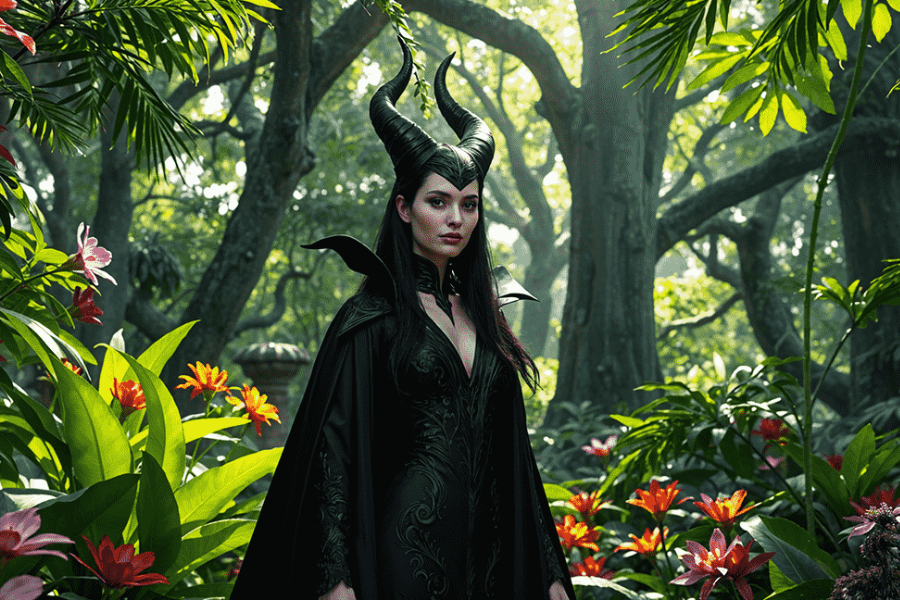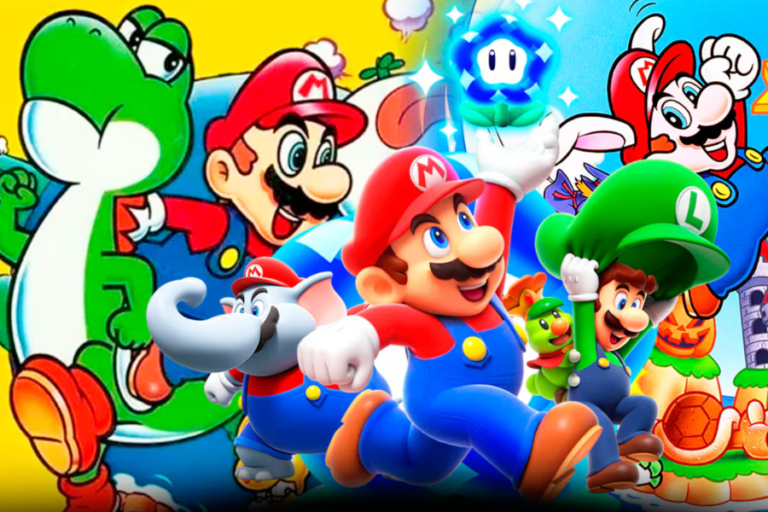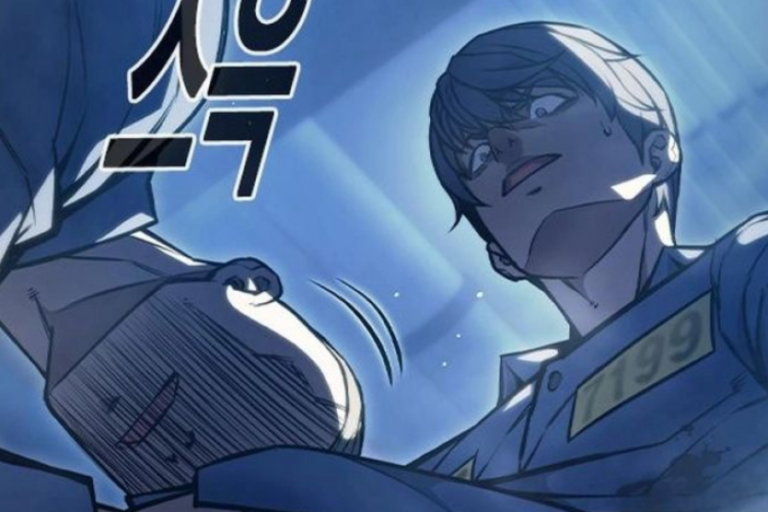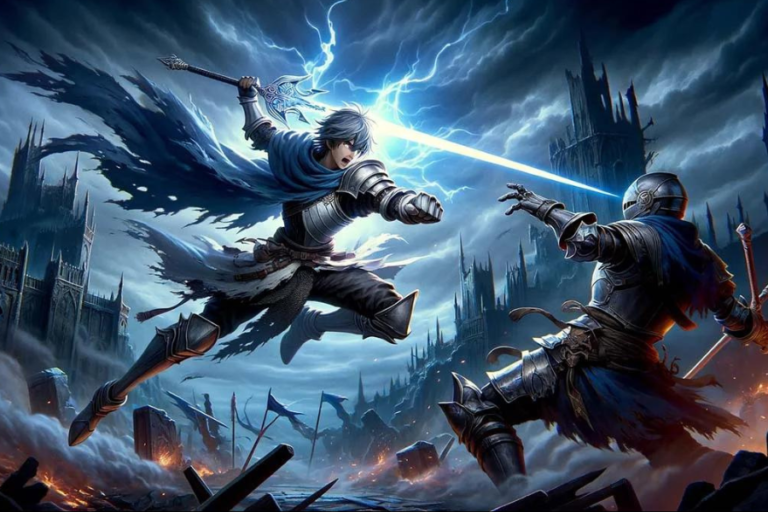Maleficent Wouldn’t Be a Lacky: A Deep Dive into Disney’s Iconic Villain
Introduction
Among the myriad of characters that populate Disney’s universe, few are as captivating and multifaceted as Maleficent. Renowned for her formidable power and commanding presence, Maleficent would never fit the mold of a lacky. This article delves into the character of Maleficent, exploring her evolution, motivations, and the profound impact she has had on Disney’s portrayal of villains. By the end, it will be clear why Maleficent wouldn’t be a lacky—her independence and complexity establish her as an enduring figure in Disney lore.
Defining a Lacky
To grasp why Maleficent wouldn’t be a lacky, it’s crucial to understand what the term “lackey” signifies within the Disney framework. Typically, a lackey is depicted as a subservient character who blindly follows the commands of a more powerful villain. Characters like Mr. Smee from Peter Pan and LeFou from Beauty and the Beast illustrate this archetype. They serve their masters without question, showcasing their strength but lacking personal ambition or initiative.
In stark contrast, Maleficent embodies independence, intelligence, and agency, making her far too powerful and assertive to ever assume a subordinate role. Her complexity and strength distinguish her from the typical lackey characters that pervade Disney narratives.
Maleficent’s Transformation
Maleficent wouldn’t be a lacky; her character has undergone significant transformation over the years, evolving from a traditional villain in the animated classic Sleeping Beauty to a richly developed figure in Disney’s live-action adaptations.
The Original Depiction
In the original 1959 film, Maleficent is portrayed as a powerful sorceress seeking revenge after being slighted by not receiving an invitation to Princess Aurora’s christening. Her motives seem straightforward—her desire for vengeance leads her to cast a curse on the infant. While she displays an aura of fearsome power, her motivations remain rather one-dimensional.
The 2014 Reimagining
Fast forward to the 2014 film Maleficent, where the character gains newfound depth. Audiences are introduced to her backstory as a noble protector of the Moors, betrayed by King Stefan, who cruelly steals her wings. This act of betrayal transforms her motivations, making Maleficent a more sympathetic figure seeking justice rather than merely revenge. Her evolution into a tragic character allows audiences to connect with her on a deeper level, underscoring why Maleficent wouldn’t be a lacky.
Motivations of Maleficent
Maleficent wouldn’t be a lacky; her strong personal motivations are yet another reason she could never be relegated to the role of a lackey. Unlike traditional lackeys who operate without independent thought, her actions are fueled by a quest for empowerment and redemption.
The Impact of Trauma
In Maleficent, her motivations stem from trauma and betrayal. Initially seeking revenge through her curse on Aurora, she later grapples with regret and ultimately chooses to protect her from the harm she once intended. This transformation illustrates her growth and autonomy, establishing her as a powerful individual rather than a submissive lackey.
A Shift in Perspective
The narrative shift that redefines her character showcases Maleficent’s internal struggles and highlights her complexity. Instead of being a villain with a singular focus on revenge, she becomes a character with a multi-layered personality, allowing audiences to empathize with her plight. This complexity further solidifies the notion that Maleficent wouldn’t be a lacky; she is driven by her own principles and desires.
The Impact on Disney’s Villain Archetypes
Maleficent wouldn’t be a lacky; her transformation has profoundly influenced how Disney depicts its villains. Her evolution from a simplistic antagonist to a nuanced character signifies a considerable change in Disney’s storytelling approach.
A Departure from the Traditional
Traditionally, Disney villains were characterized as purely evil entities with little complexity. However, the emergence of characters like Maleficent marks a shift toward more nuanced portrayals. Modern antagonists now possess backstories and emotional struggles that render them relatable, challenging the traditional good-versus-evil binary.
A Catalyst for Change
Maleficent serves as a prime example of this transformation, opening the door for other multidimensional characters who resonate with contemporary audiences. Characters like Elsa from Frozen, who initially appears threatening but reveals her struggles with isolation, and Dr. Facilier from The Princess and the Frog, whose desires stem from poverty, reflect this trend. Maleficent’s success in redefining the Disney villain archetype highlights the potential for characters to possess relatable motivations and emotional depth.
The Reception and Future of Maleficent
Upon the release of the live-action Maleficent, the film received mixed reviews. Some praised its innovative take on the classic character and its exploration of themes like empowerment and redemption, while others critiqued its departure from the original narrative. Nevertheless, the film’s box office success paved the way for the 2019 sequel, Maleficent: Mistress of Evil.
Enduring Popularity
The continued interest in Maleficent indicates that Disney may have more stories to tell about this iconic character. Whether through additional films, television adaptations, or other media, her character is likely to remain a significant presence in Disney’s villain universe for years to come. As audiences increasingly seek complexity in their characters, Maleficent’s story will resonate deeply, reaffirming why she wouldn’t ever be a lacky.
Conclusion
In conclusion, Maleficent’s refusal to accept the role of a lackey is intricately woven into her character’s evolution, motivations, and broader implications for Disney’s portrayal of villains. From her beginnings as a straightforward antagonist in Sleeping Beauty to her richly layered role in Maleficent, she defies the archetype of a villain who simply follows orders. Her autonomy, depth, and quest for redemption ensure that she stands as a powerful and independent figure in the Disney landscape.
For Disney fans, Maleficent’s story is a poignant reminder of the significance of character development in creating memorable and impactful narratives. Her evolution reflects a broader trend that emphasizes complexity, nuance, and emotional resonance—elements that redefine what it means to be a villain in modern storytelling. Ultimately, Maleficent wouldn’t be a lacky; she stands as a testament to the strength and independence that modern audiences admire in their characters, paving the way for a new era of storytelling that celebrates depth and authenticity.
Keep up-to-date with breaking news and updates on SyncTimes.co.uk






